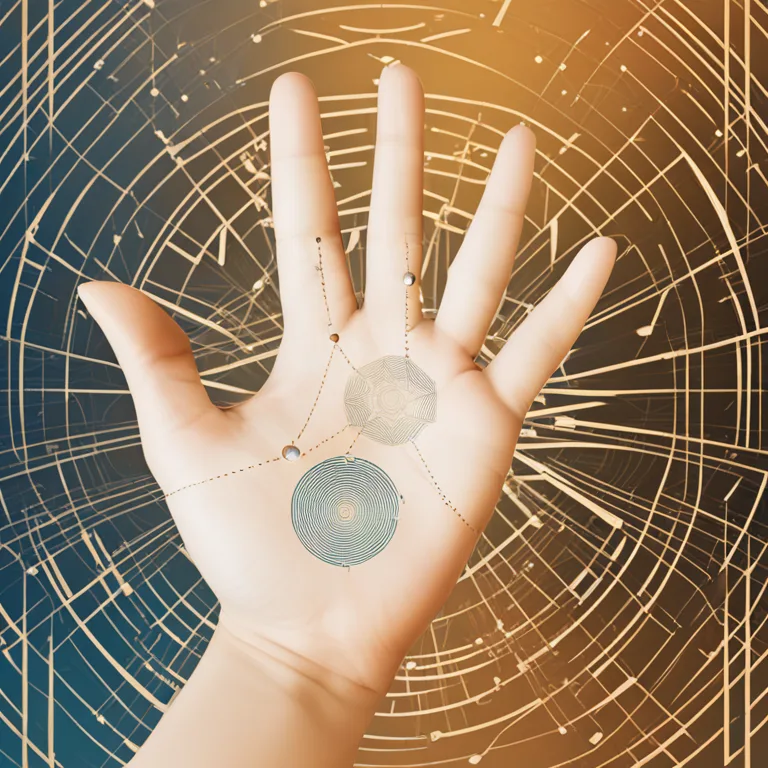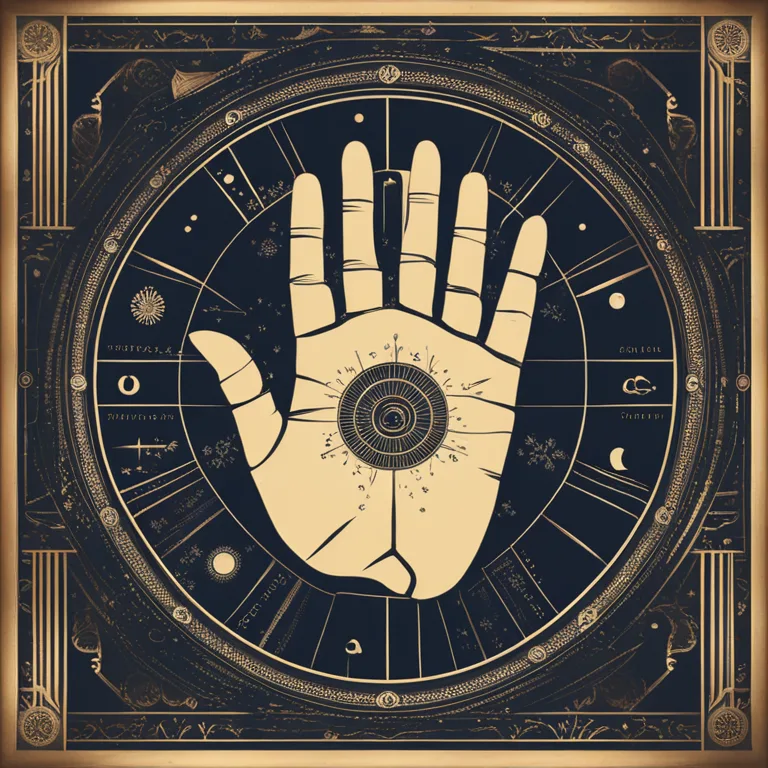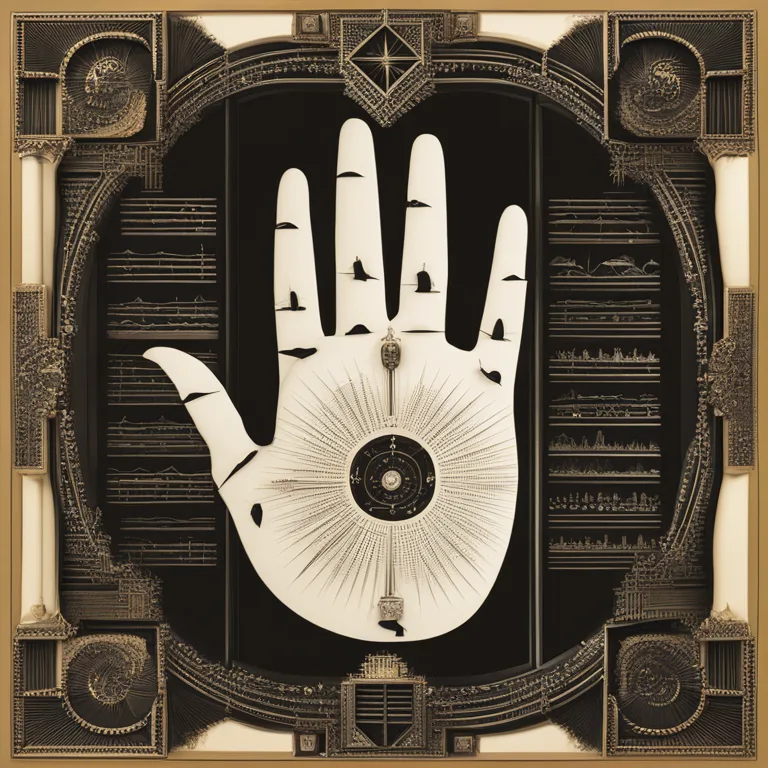
The Roots and Journey of Palmistry
Trace the ancient practice of palmistry through history and discover how it has evolved into the art studied around the world today.
article by Nora Pennington
Palmistry’s Ancient Beginnings
Palmistry, also known as chiromancy or palm reading, is the ancient art of divining information through the study of the palm. This fascinating practice is believed to have originated over 5,000 years ago, with roots in Indian astrology and Roma fortune-telling traditions. The evidence of early palmistry can be found in Vedic scriptures and ancient Hindu texts, where it was respected as a branch of astrology. The practice then traversed continents, absorbed into Chinese lore and further refined by Greek scholars like Anaxagoras and Aristotle, who shared this knowledge with Alexander the Great. He, in turn, promoted its use throughout his empire.

Spreading Across Cultures
The art of palmistry did not remain confined to South Asia. As trade routes expanded and cultural exchange flourished, palmistry spread to the Far East, Middle East, and later into Europe. By the Middle Ages, palm reading had become widely practiced throughout Eurasia. As it travelled, it evolved; different cultures added their interpretations and methods to palm-reading, thereby enriching the practice. In Renaissance Europe, palmistry became intertwined with the developments in astrology and magic, leading to its surge in popularity among the upper classes as a respected form of divination.

The Ebb and Flow of Acceptance
Despite its widespread practice, palmistry's reputation has had its ups and downs. There were periods, particularly during the scientific advancements of the Enlightenment and the Protestant Reformation, when palmistry was considered superstition and faced significant opposition. Nonetheless, the fascination with the art never died out completely. In the 19th century, palmistry underwent a significant revival thanks to figures like Captain Casimir Stanislas D'Arpentigny and William John Warner, also known as Cheiro, who published works that attempted to formalize the practice, elevating its status once again.

Modern Palmistry
Today, palmistry is experiencing a new wave of interest, particularly as wellness and self-exploration gain emphasis in popular culture. Technological advancements have also broadened the reach of palmistry, allowing palm readers to offer their services online, and even develop apps that claim to interpret the lines on one's hand. Despite the skepticism from some scientific communities, many find personal insights and guidance through modern interpreters of this ancient art.

The Scientific Perspective
At the intersection of palmistry and science lies dermatoglyphics, a field that studies the patterns of whirls and ridges on the fingerprints, palms, and soles of the feet. While not supporting the predictive claims of palmistry, researchers acknowledge that certain patterns may be indicative of genetic disorders or predispositions. This acknowledgment by the scientific community, although limited, offers a fascinating link between palmistry's historical assertions and modern-day genetic understanding.
Palmistry as an Art Form
Whether seen as a spiritual practice or a form of entertainment, palmistry persists as a distinctive art form. Practitioners continue to combine intuition with a comprehensive knowledge of palm lines, shapes, and mounts to provide readings. It is seen by many as a tool for reflection, an opportunity for introspection, and a unique way to connect with the personal stories etched into the palms of each individual.
Published: 1/3/2024
Modified: 1/3/2024
More predictions
Come back here soon to learn more about yourself and your future


The Art Of Palmistry Revealed
Discover the intriguing facets of palmistry and learn how the lines on your palm can offer insights into your life journey and personality.


The Mysteries of Palmistry
Delve into the ancient art of palmistry to uncover the secrets held within the lines and features of your hands.


The Art of Palmistry: Lifelines to Fate
Delve into the ancient practice of palmistry and discover how the lines on your palm can reveal insights about your personality, destiny, and love compatibility.